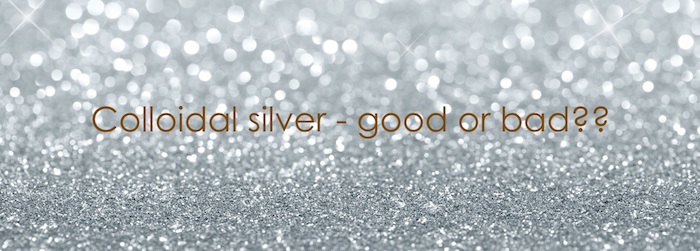Todays post is about how red wine can assist our gut health.
I have written previously about the health benefits of red wine. The good news is, now there is more evidence available.
Drinking a daily glass of red wine not only tastes good to many people, but it’s also good for the bacteria lining your large intestine.
A new Spanish study suggests that sipping about 266ml of Merlot or a low-alcohol red wine changed the mix of good and bad bacteria typically found in the colon in ways that can benefit your health.
Bacteria and the gut
Bacteria may sound like a bad thing to have in your intestinal tract, but having a balanced mix of them actually helps to digest food, regulate immune function, and produce vitamin K (which plays a key role in helping the blood clot).
Previous research has looked at whether polyphenols in the diet can influence the balance of intestinal bacteria. The latest study sought to explore whether drinking red wine can have a similar effect.
What are polyphenols?
Polyphenols are helpful plant-based compounds found in a variety of foods and beverages. Besides red grapes, many other fruits and vegetables are rich sources of polyphenols, as are coffee, tea, chocolate, and some nuts.
The good news
This study found that moderate consumption of red wine resulted in increased production of beneficial gut bacteria. It also had beneficial effects on blood pressure and total cholesterol levels. The study also found that that consuming 100ml of spirits daily can damage gut bacteria, this was due to the ethanol content.
This study revealed that the accompanying substances (polyphenols and tannins) actually provide health benefits, and in fact neutralise the damage caused by the ethanol in the wine.
One important thing to remember: it is best to drink wine with or after food.
The food slows down the absorption allowing the polyphenols and tannins time to exert their health benefits. When drunk on an empty stomach, around 80% of the alcoholic beverage passes into the upper small intestine for absorption. The health benefits will be missed and the ethanol will actually cause damage.
What about beer?
Although it has not been studied extensively, scientists consider that moderate consumption of beer may have similar health benefits. The antioxidant content of beer is equivalent to that of red wine. However the specific antioxidants are different due to barley and hops containing different flavonoids to grapes.
(Sources – www.australiannaturaltherapistsassociation.com.au, www.sciencedirect.com, www.ncbi.nlm.nih.gov, https://academic.oup.com)
So, enjoy a nice glass of red with your meal for better gut health.
Till the next post,
Live clean n prosper.


